Coffee cupping usually involves tasting different coffees to identify sensory differences. We look at, smell and taste the coffees.
Here we discuss the methods and motivations of cupping. We use the following equipment for coffee cupping.
Things we need for a coffee cupping
- All coffees we want to cup (coarsely ground)
- Fine scale
- Timer (included with many scales)
- Cupping glasses or cups for coffee
- Marking option for each cup (small piece of paper or similar)
- Cupping spoons (at least 2)
- Water glasses for rinsing the spoons
- Kettle for hot water
- Container for ground coffee
- Kitchen towel or barista towel
- Sheet and pen for notes
How does coffee cupping work?
The standard cupping is done with fresh roasted coffee, which we grind and pour into glasses with 200 ml of hot water without a filter. The ground coffee slowly makes its way to the surface of the water.
After about 4 minutes, when the coffee has cooled down a little, we break the crust. Special cupping spoons are used for this, which are round and relatively deep. First we push the crust back with the back of a spoon and smell the coffee. We do the whole thing three times. Here we get the first deeper sensory impressions of the coffee's aromas.
Then we skim off the crust. To do this, we use a second cupping spoon and start skimming the crust down on both sides. This goes into a glass that we have prepared beforehand. We repeat this process for all prepared coffees.
Now - after the coffee has cooled down further - it's finally time to drink or sip coffee. We put a little coffee in our spoons and then slurp it quickly into our mouths. This ensures that the coffee comes into contact with as much oxygen as possible and the taste develops in the best possible way, similar to when tasting wine.
We keep the coffee in our mouths and try to taste it properly. The first taste notes appear on the tip of the tongue as you sip. Once the coffee has reached the mouth, we taste even more notes and nuances. The finish of the coffee is also often evaluated, which assumes that we swallow it. However, if you have already had a few cuppings or have already spent the day with a lot of coffee, it is advisable to spit the coffee into a glass or cup provided.
Before the cupping spoon ends up in another glass of coffee, we rinse it in a glass of water that we have also provided. Since cupping is often about highlighting similarities and differences between coffees, it makes sense to try coffees several times, i.e. slurp them.
Depending on the purpose and goal of the tasting, we record our impressions after each cup. These could be, for example, notes about the flavors we taste, or comments about sweetness, acidity, bitterness and body.
Goals for cuppings vary greatly depending on who is cupping and why. Let's dive deeper.
Why cup coffee?
From farmers to green coffee buyers to roasters, baristas and coffee fans, there are good reasons to cup coffee. What they all have in common is the evaluation of coffee. However, how and for what purpose this is done varies greatly.
Farmers want to know what the quality of their coffee is and where they might need to work to achieve their taste goal for a group of coffee plants. In this way, they collect information for adjustments to soil conditions, refinements, harvest times and so on.
Green coffee buyers want to find out whether the coffee they are interested in or being advertised to them fits their customer base. They need to know what they are selling and should be able to provide information about the flavors.
It's similar in the coffee roasteries. Here we would like to know whether coffee could fit into the offering and if so, how: single-origin or blend? Light filter coffee roast or darker espresso roast?
Baristas also cup regularly. Most often probably on the portafilter, if you want to call it cupping. There is a lot to be said for calling it that, but there is also a lot to be said against it, because the complex process from above is not used. Instead, it's about setting the coffee grinder correctly and fine-tuning the portafilter. Does the coffee come out as it should? That means: Does it taste like it should? Does it have the right consistency? So it's also about tasting coffee, but with a different goal and purpose than the other cuppings.
Cupping is also interesting for coffee lovers. Many roasteries and we also offer corresponding courses. These either focus solely on cupping itself or use it as a workshop element to get to know coffee better. We can say from experience: it's worth it!
Finally, let's move on to the people who probably have the most cupping experience: the Q-graders.
What are Q-Graders?
Q-graders are trained coffee and sensory experts. They rate coffees using cuppings. They typically award grades for the aroma, taste, acidity, aftertaste, body, and balance of a coffee. The Coffee Quality Institute offers corresponding training. The non-profit organization wants to improve the quality of coffee and the quality of life of the producers.
In 2020 and 2021, the Kaffeemacher:innen from Basel evaluated various roasted coffees from the DACH region as part of the coffee panel. Among others, our roasts convinced the independent jury of Q-graders so much that they awarded us a first, second and third place.
Cup Taster Championships coffee competition
Particularly experienced and talented coffee fans compete annually in the Specialty Coffee Association's Cup Taster Championships to put their sensory skills to the test.
This is how the competition works: The candidates stand on a stage with a table on which 8 x 3 coffee cups are placed in demarcated areas. From each group of three, you have to find the cup that differs sensorily from the other two. The participants slurp and taste against each other and against the clock.
One cup from each set of cups has to be placed at the front. Now it's time to evaluate. The opponents lift the discarded cups one after the other. If a sticker is visible on the bottom of the cup, you are correct and get one point. In the event of a tie, the time required is decisive. You can get a better impression of the procedure with the recording of the World Cup Tasters Championship Finals 2022 on YouTube.
From the Günter Coffee Roasters, Aurore Ceretta competed in 2018, 2019, 2023 and 2024. She is a two-time German cuptasting champion and was runner-up in the 2024 World Championship in Chicago.
The Coffee Taster's Flavor Wheel
Based on the aroma wheel for wine sommeliers, the Specialty Coffee Association has created the aroma wheel for coffee. It is based on the results of extensive studies by the US non-profit organization World Coffee Research, or WCR for short. These are summarized in the 54-page Sensory Lexicon (free PDF).

Coffee Taster's Flavor Wheel from the Specialty Coffee Association of America (SCAA) and World Coffee Research (WCR). Licensed under CC BY-NC-ND 4.0
Cup of Excellence Award
For the renowned Cup of Excellence award, experts also cup and cup and cup. The competition has taken place annually since 1999 in various coffee-growing countries around the world. Submitted coffees are tasted and evaluated at least five times by Q-Graders. The best coffees are then awarded the Cup of Excellence.
This also enables small coffee farmers to gain exposure and present their green coffees to a wide audience.
A little history of coffee cupping
Coffee cuppings have been used as a quality assessment method for over 100 years. The technology was developed in the late 18th century in the US city of San Francisco. One of the first companies to regularly use cuppings for quality control is Folgers. You can read more about this in our article on Third Wave Coffee.
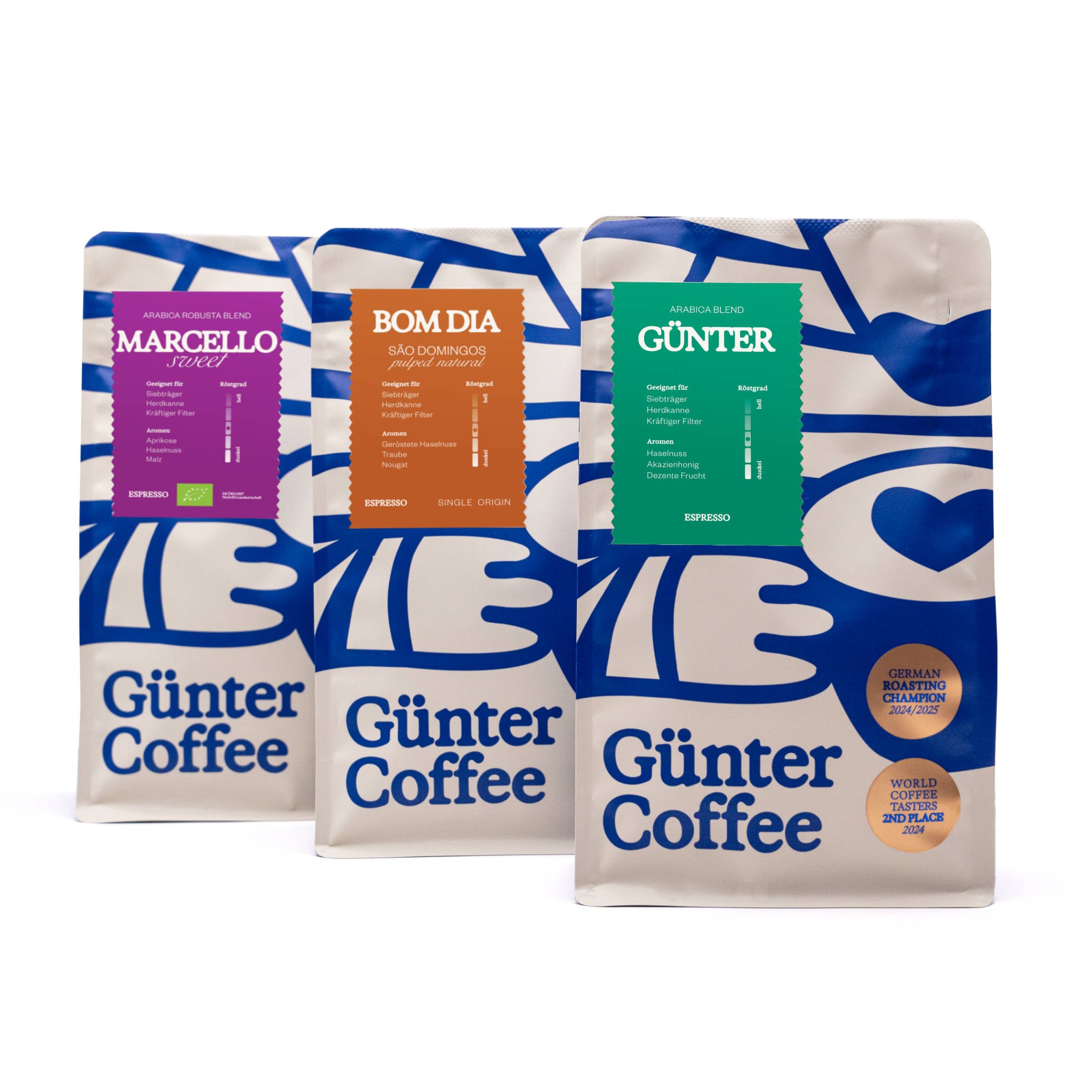

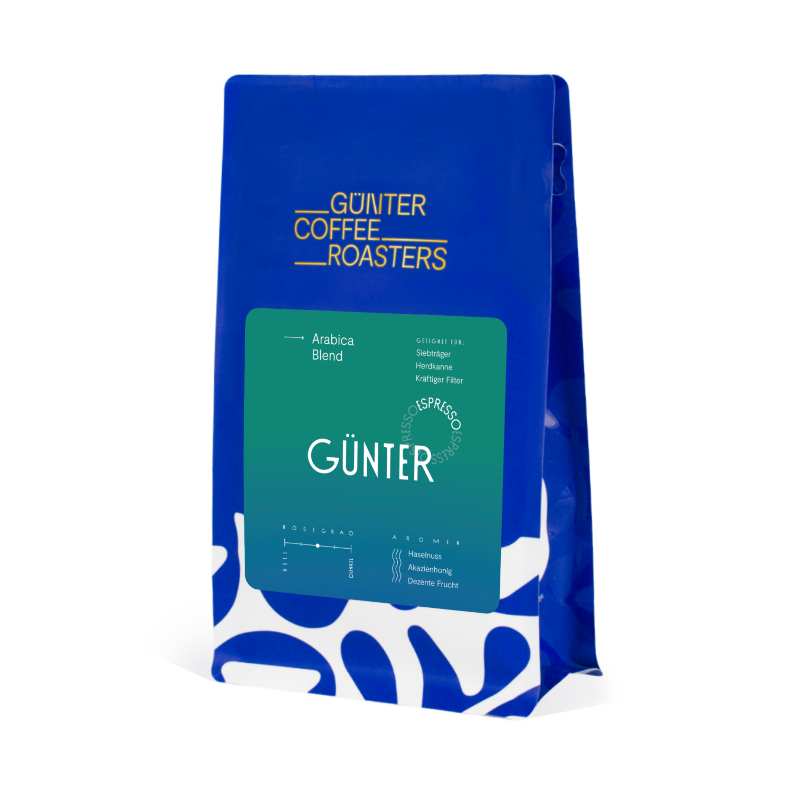


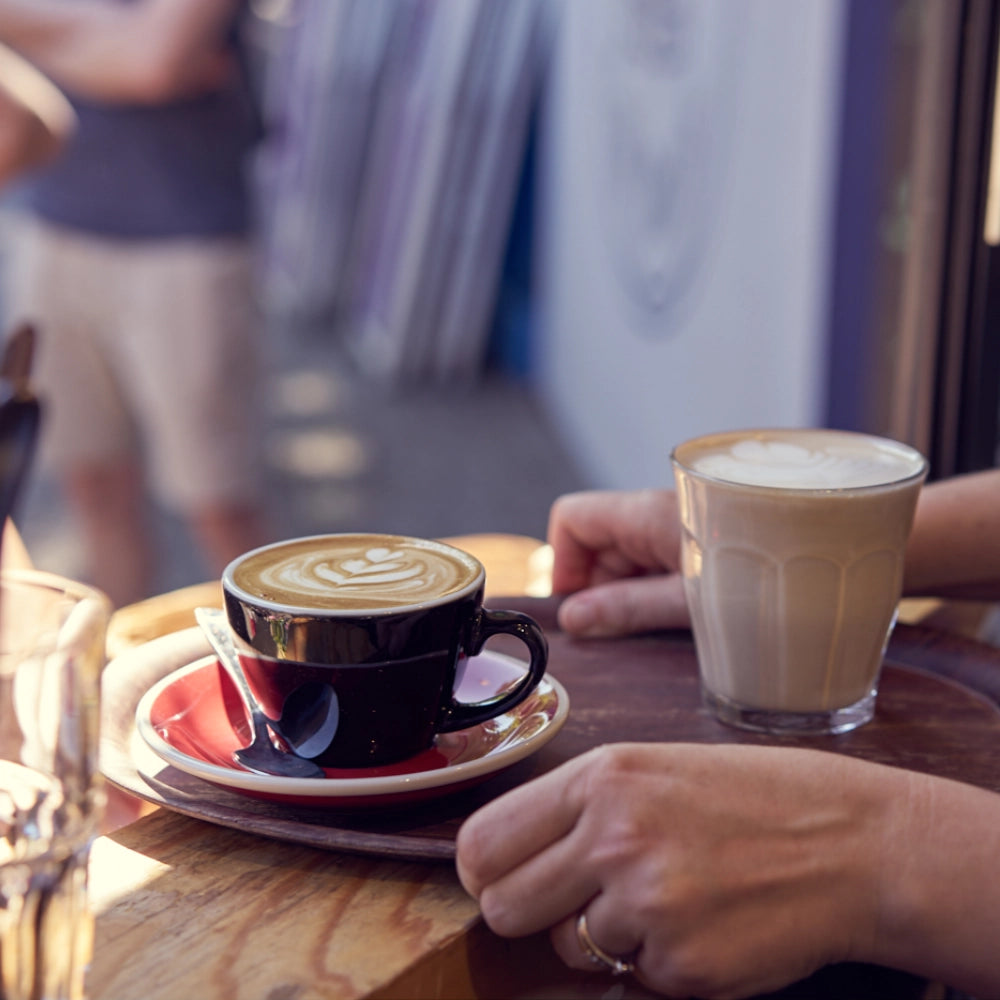

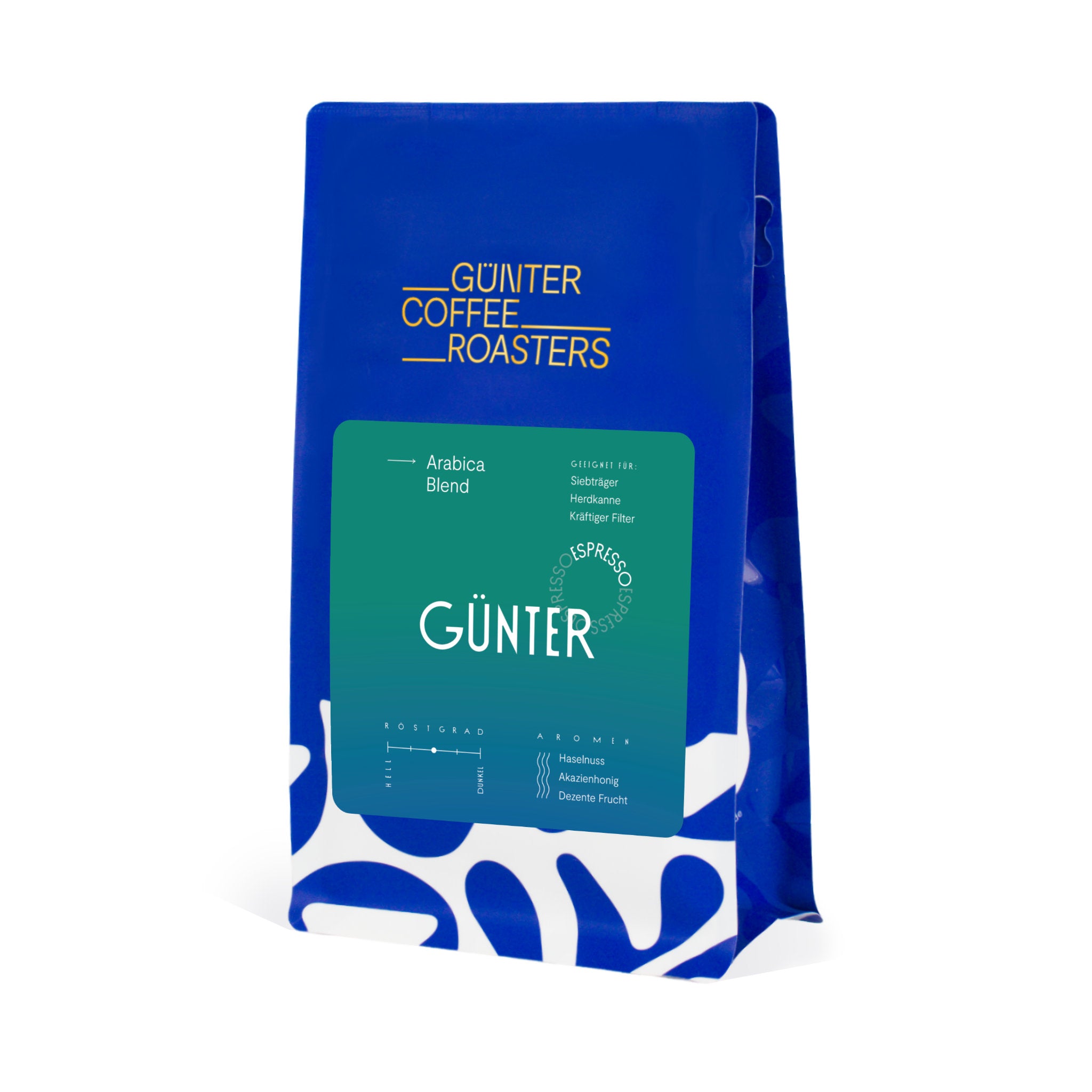

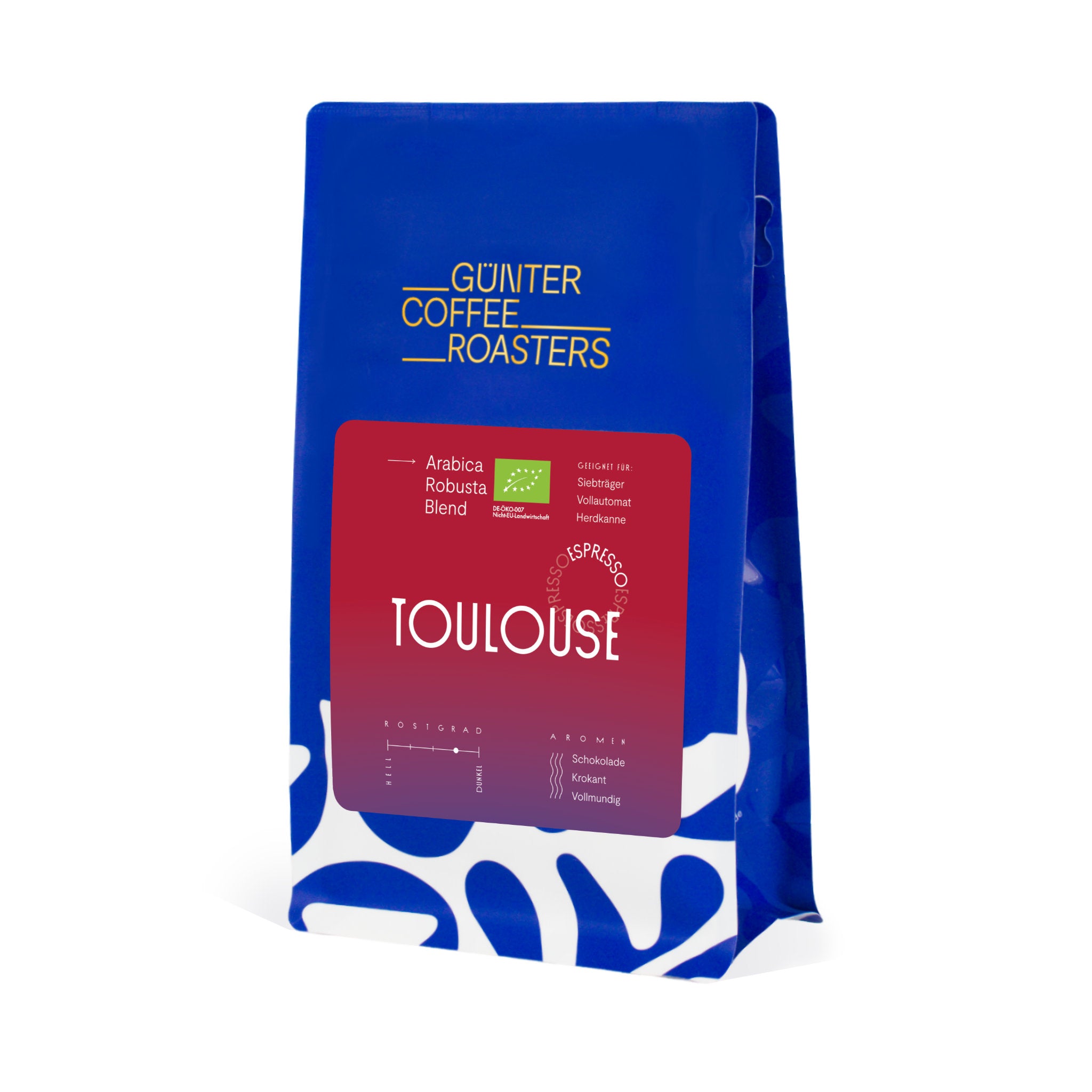
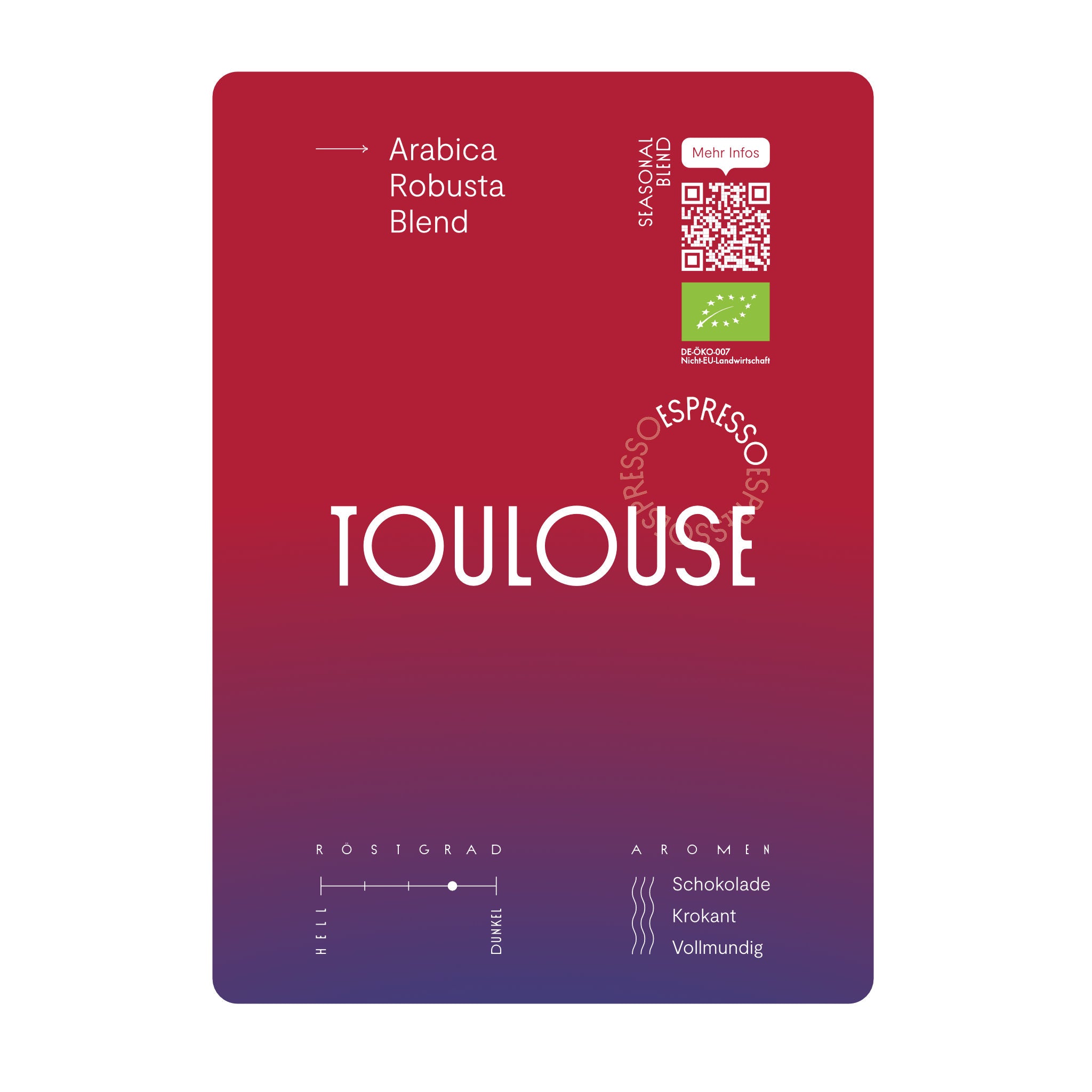
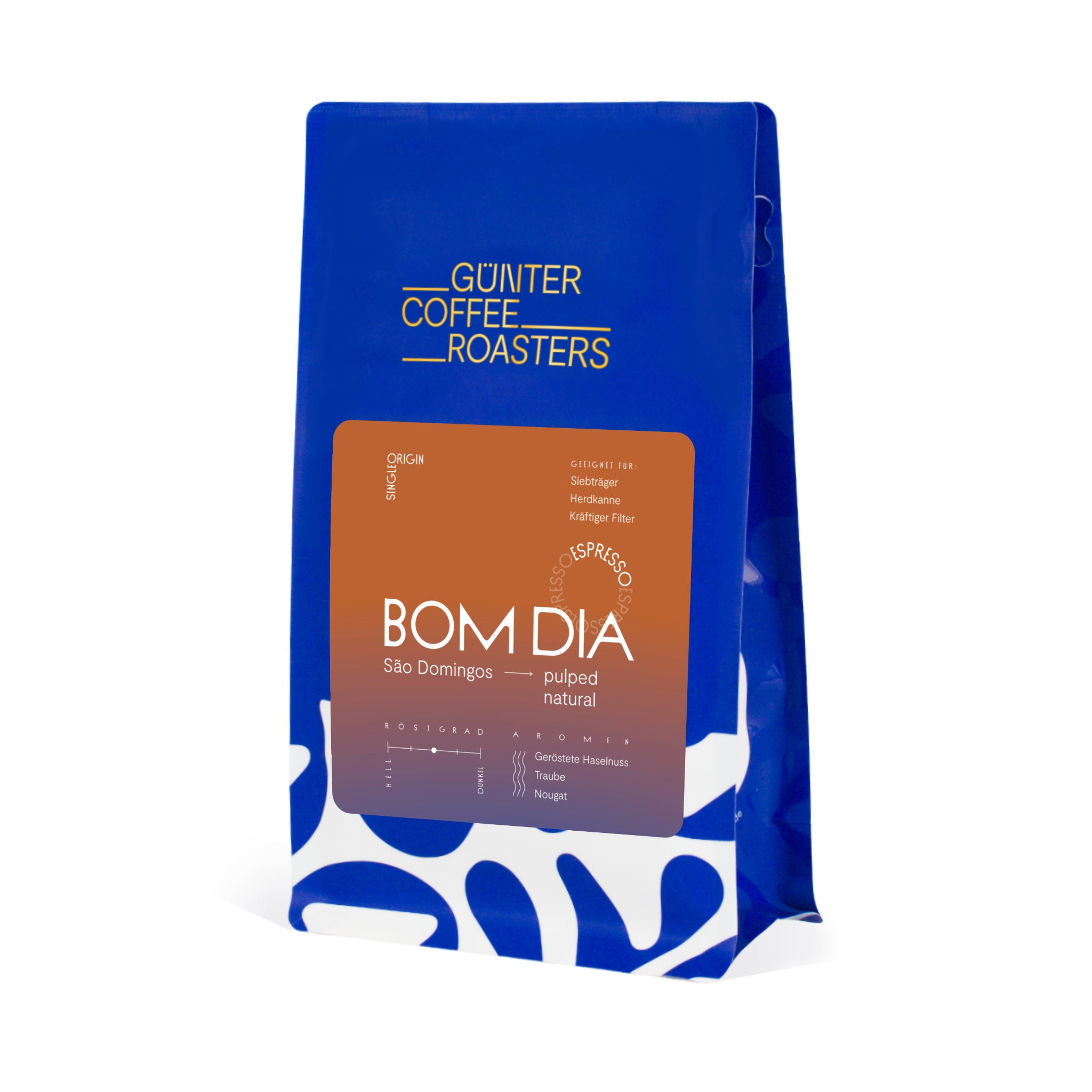
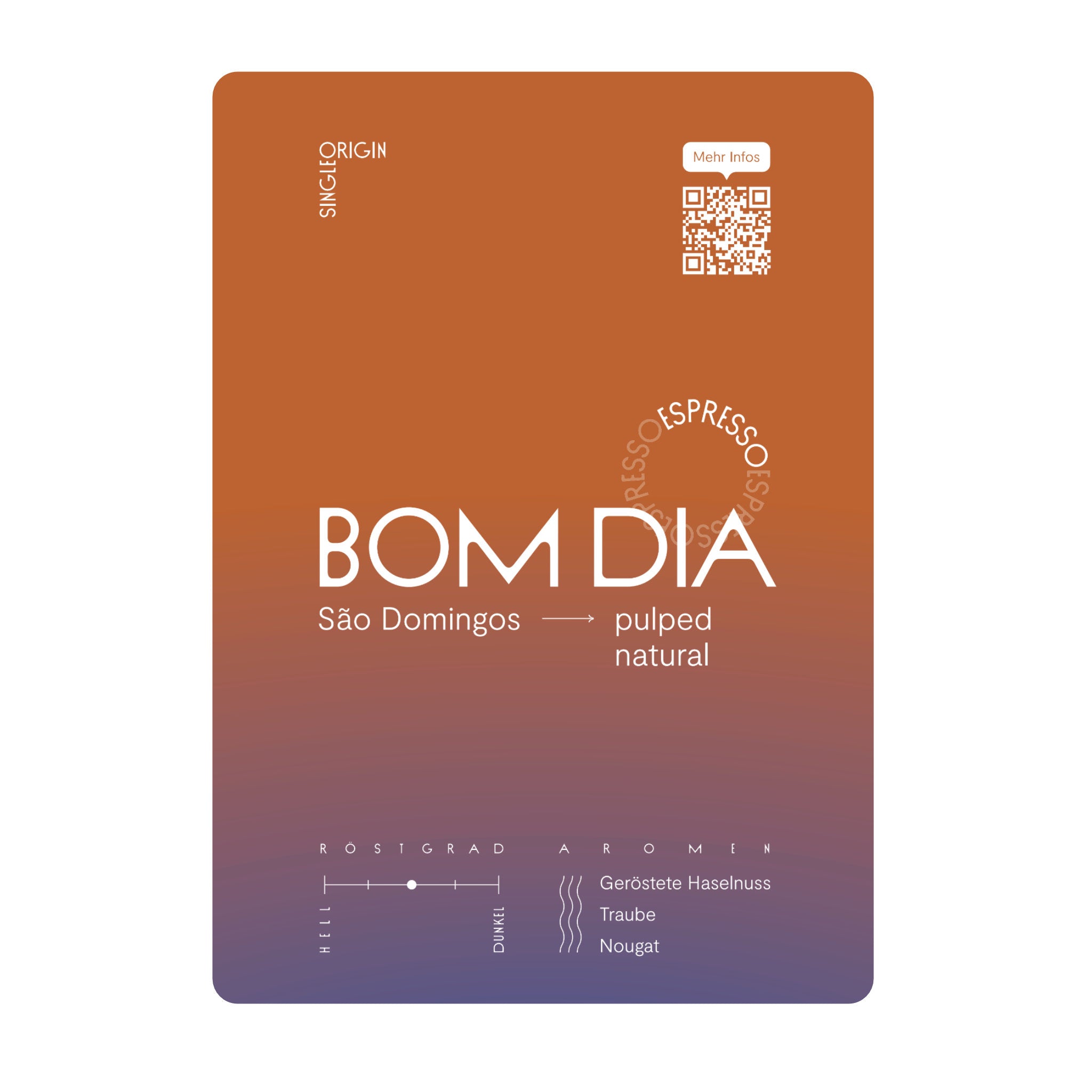



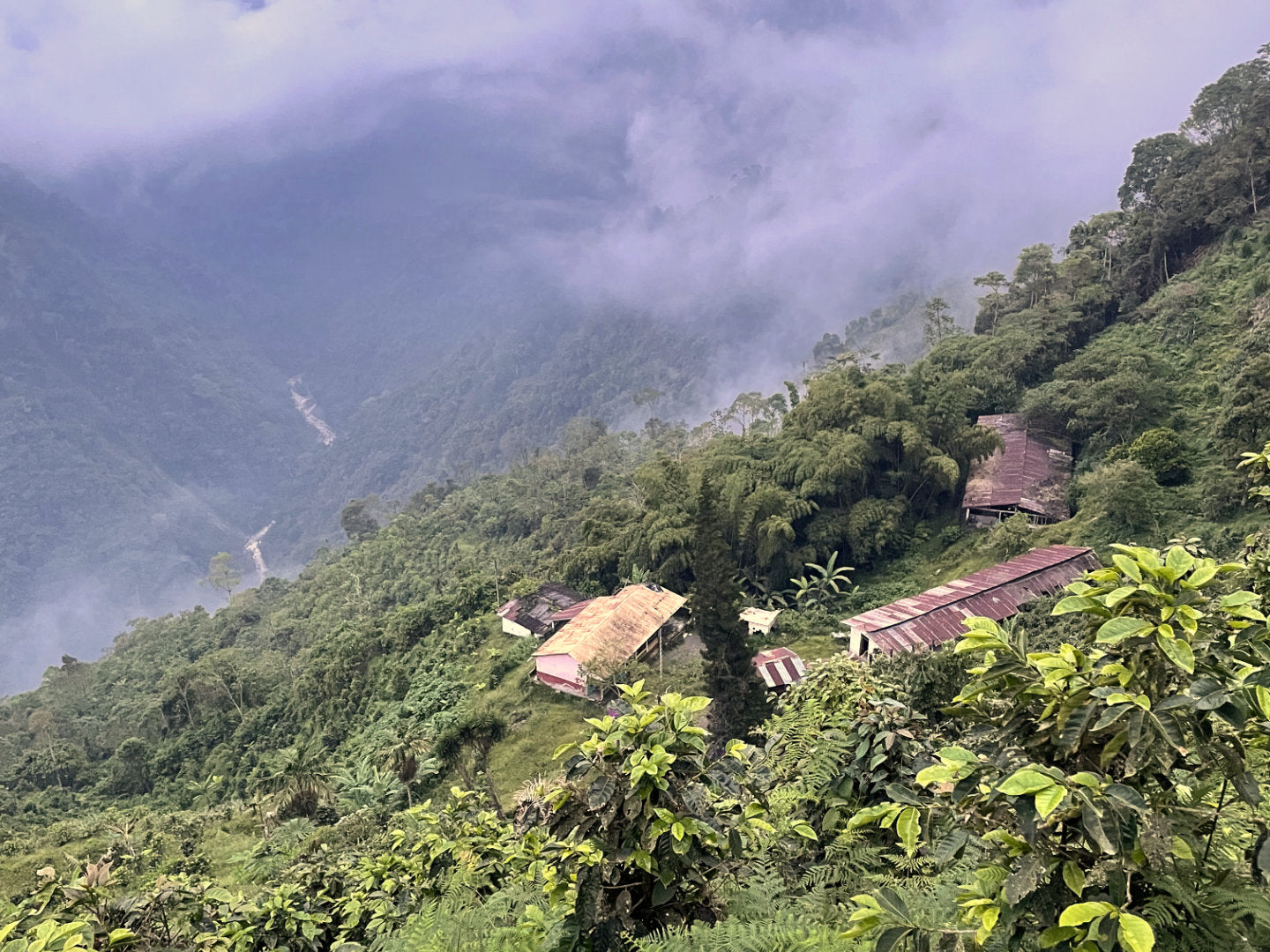
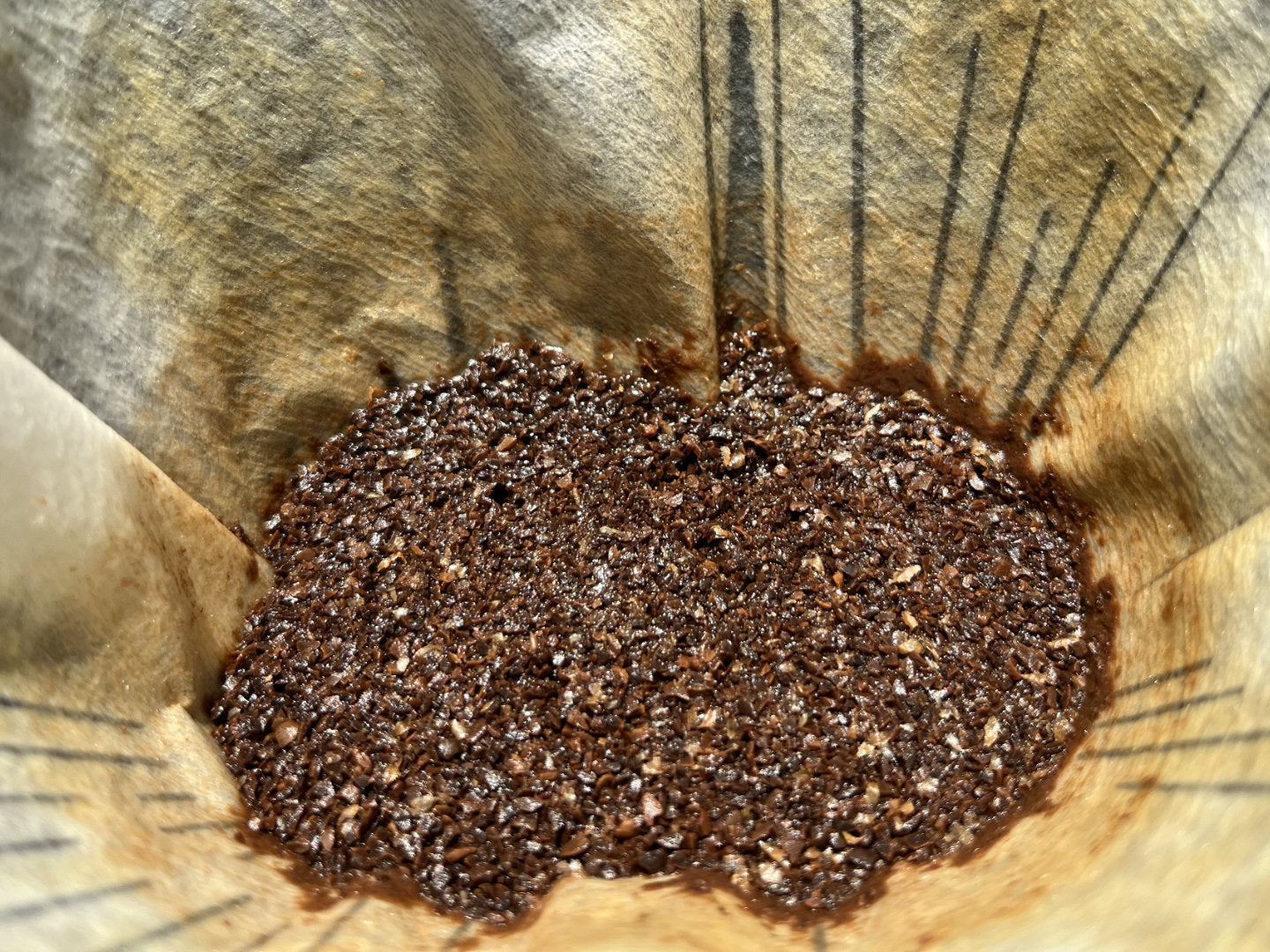




1 comment
Frank
WENN
das Auge Geschmacksknospen hätte,wäre
AURORE
ein Adler, der in luftiger Höhe seine Kreise zieht.
WENN
das Auge Geschmacksknospen hätte,wäre
AURORE
ein Adler, der in luftiger Höhe seine Kreise zieht.